Any person understands well that the air rises up when heated. According to...
|
|
Daching and suburban life always has one significant advantage ... |
Any design of the building should effectively perform the main functions, including protection ... |
Funning joints of wallpaper with tissue edging with your own hands
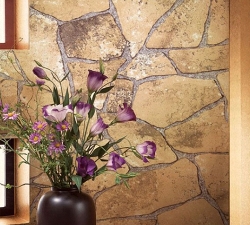
Textile wallpaper is an excellent solution for wall decoration, while the joints between the canvases of such wallpaper are practically not visible. There are several options for fabric wallpaper, which differ in composition and appearance. We learn about how to glue the fabric on the wall instead of wallpaper.
Table of contents:
- Features of wallpaper for painting for fabric
- Fabric on the walls instead of wallpaper photos: varieties of textile wallpaper
- DIY tissue wallpapers: installation features
- Wallpaper for fabric in the interior: Features of the design of fabric for the edging
Features of wallpaper for painting for fabric
When choosing wallpaper for interior decoration, we recommend paying attention to their textile option. These wallpaper are suitable for almost any interior style. They are good to combine with carpets, chic furniture with upholstered boost, while the room becomes more cozy and presentable.
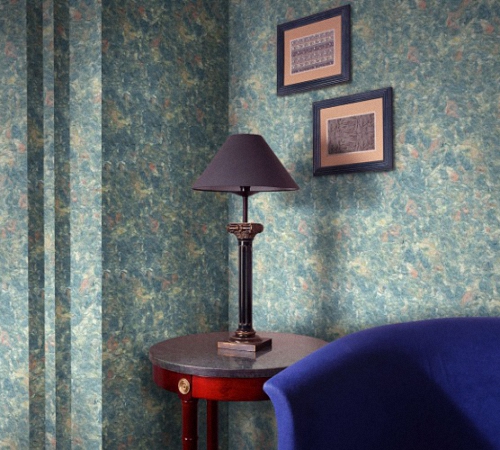
For the manufacture of textile wallpaper, various types of fabric are used, both in natural and its synthetic variations. Another component of textile wallpapers is an outbound.
The production process for the manufacture of wallpaper is quite complicated. Initially, it is necessary to prepare the production canvases on which the base is installed, special cameras are used for drying the wallpaper, in which infrared radiation is present.
Another method for the manufacture of textile wallpaper implies the fixation of the threads on the surface of the canvas. Any of these wallpaper options after fixing on the wall creates the effect of hanging fabrics on it.
In order to understand the essence of the wallpaper of fabric on the non -woven, we suggest familiarizing themselves with their advantages:
1. First of all, wallpapers on a fabric basis are appreciated for the attractiveness of their appearance. In addition, the joints between such canvases are practically not visible.
2. Another advantage of textile wallpaper is environmental safety and the use of natural components in the process of their manufacture. In this case, this type of decoration is suitable for children's rooms, without causing allergies or other harm.
3. The naturalness of the wallpaper ensures the ability of the walls to breathe, so moisture does not accumulate under them, and mold and fungus do not develop.
4. The fabric provides excellent heat and sound insulation of the room.
5. The bactericality of tissue wallpaper is achieved by using flax in the process of their manufacture.
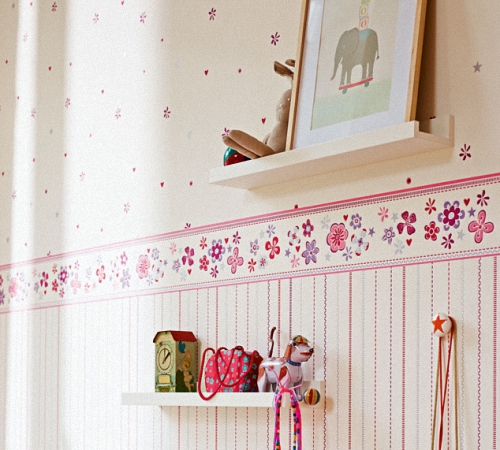
You can’t do without the shortcomings of this material. Wallpaper for the fabric have certain flaws, namely:
- First of all, high cost;
- Most textile wallpaper attracts dust, exclusion of flax -based wallpaper, they are treated with antistatic impregnation;
- the use of natural threads in the process of production of wallpaper leads to their rapid fading in the sun and a decrease in their operation;
- Synthetic materials will serve you more natural;
- Wallpaper needs dry and very accurate cleaning;
- In the process of mounting the wallpaper, it is necessary to observe special accuracy, in order to avoid the ingress of glue to the joints or to the surface of the wallpaper.
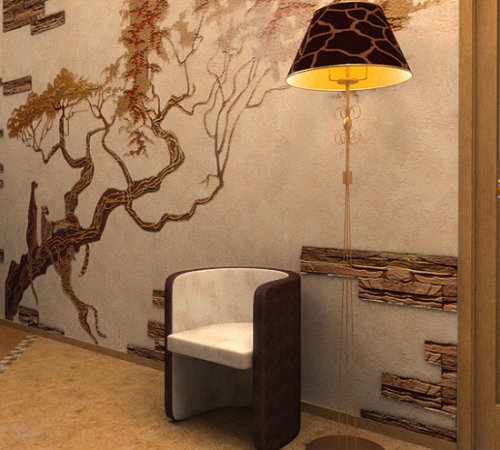
Fabric on the walls instead of wallpaper photos: varieties of textile wallpaper
In the ratio with the type of fabric used in the production process, textile wallpapers are divided into several types.
The first type is flax -based wallpapers. This option of wallpaper is classic and most inexpensive. To obtain the finished surface, laminated mixed threads are used. As a result, it is possible to get a surface, shades of threads that differ in color. Thus, the surface looks more natural than simple tightening the wall with fabric.
Flax-based wallpapers are distinguished by good performance, such as resistance in front of ultraviolet, sound and thermal protection, and a low level of dust attracting. With their help, children's rooms, rooms, hallways, any room with optimal humidity are finished.
Silk -based wallpapers - viscose adds to them to reduce the cost of the material, so the appearance of the surface is very attractive to the appearance and luxury. The scope of use of these wallpapers is limited to seafroe rooms, offices, rooms made in Provencal style. The operational characteristics of such wallpaper are the same as that of the linen, only they have no tendency to accumulate dust.
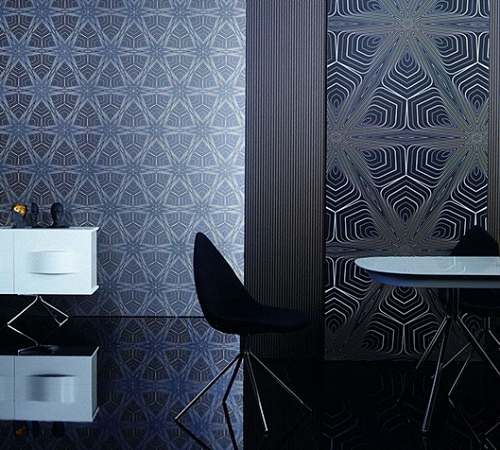
July type wallpaper - differ in special textured. With their help, it is possible to get rid of any flaws on the walls. Some options for such wallpaper also imply their further staining. However, with the care of such wallpaper, special difficulties arise. This material will be an excellent addition to the interior in eco -style. In addition, jute wallpaper has excellent wear resistance and a tendency to burn out.
The fabric instead of felt -based wallpaper is the best wallpaper in operational characteristics. They are not inclined to burn out, do not let outsurous sounds into the room. For the manufacture of these wallpaper, a paper base is used, on the surface of which felt or propylene is applied. The cost of wallpaper from propylene is lower, since this material is synthetic. In addition, such wallpapers are easily washed with a special vacuum cleaner.
It is not recommended to install felt wallpaper in rooms with extraneous smells, as they quickly absorb them. The appearance of such wallpapers is similar to velor, they are very soft and pleasant to the touch.
The most technological is the manufacture of velor -based wallpaper. To cover the paper base of such wallpapers, polyvinyl chloride paint is used, which in turn is covered with an adhesive -based paint pattern. Before drying the wallpaper, the canvas is subjected to passage through a special unit, spraying textile particles. Thus, they are on the canvas strictly vertically. The following is the drying process of this canvas.
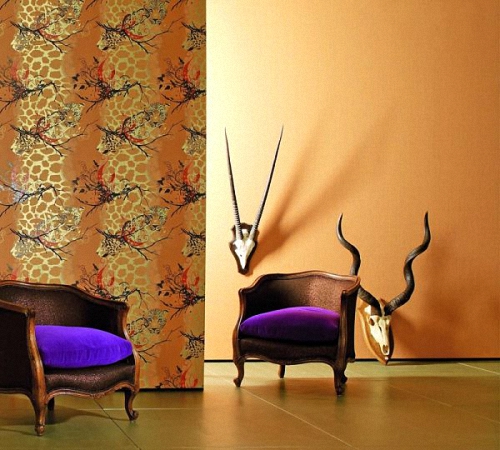
Velur has an attractive appearance. Such wallpapers are compared with velvet, tapestry. Having achieved a certain game of light, it is possible to create an attractive interior. However, such wallpapers are instructed before mechanical damage and need constant and scrupulous care.
Synthetic wallpaper is made on the basis of paralon, so they have high sound and thermal insulation characteristics. This material has softness, but at the same time elasticity. The walls for the installation of such wallpaper do not need additional preparation and leveling. With their help, it is possible to hide a certain level of curvature of the walls.
More than two hundred subspecies have a jacquard -based wallpaper. They differ in non -standard height, more than 250 cm. Therefore, the number of joints between the wallpaper is minimal. In addition, the process of manufacturing these wallpaper involves the use of a special base that does not pass glue and does not lead to damage to the picture.
Especially extraordinary are the wallpaper for walls in the form of Japanese grass. For their manufacture, fiberglass threads are glued onto the base of paper. In some cases, fiberglass is replaced with sage. The production process is particularly difficult, so the demand for such wallpaper is small.
In addition, such wallpapers are not the same in color and texture and the process of their installation has certain difficulties. Firstly, it is necessary to connect the canvases among themselves by color, cutting out various fragments of rolls. Secondly, the canvases are of particular subtlety and requires special accuracy in the process of gluing them.
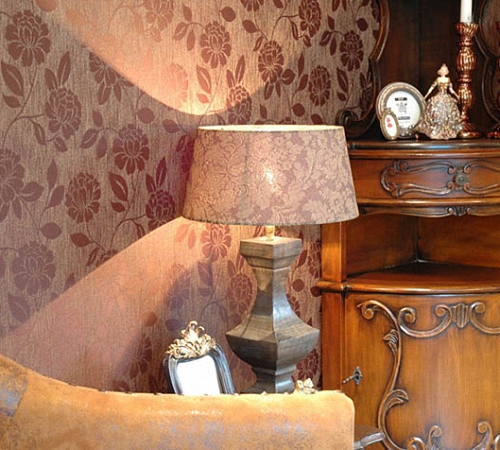
DIY tissue wallpapers: installation features
The process of installing fabric wallpaper must be treated with special accuracy and seriousness. It is easier to install wallpaper having a non -woven base. Since they differ in greater density, they are well held on the wall. In addition, the installation of non -woven fabric wallpaper involves applying glue to the wall, and not on the canvas. In this case, the risk of glue entering the outer part of the canvas is minimized.
In order to install the fabric on the walls instead of wallpaper, the presence of:
- directly of the wallpaper;
- glue;
- level and pencils;
- scissors;
- Valika.
Depending on the type of wallpaper, it is necessary to start preparing the surface. Some wallpapers imply the presence of perfectly even walls, while others are suitable for walls with significant irregularities. In any case, from the walls you need to remove paint, plaster, other wallpapers. To remove cracks on the walls, if necessary, use putty. It is not allowed to use a web network in the process of finishing work, since over time it manifests itself on fabric.
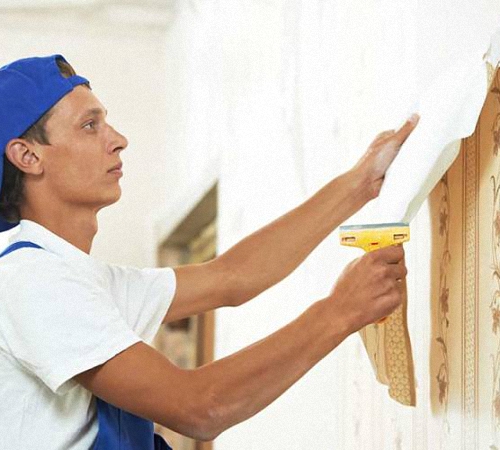
Next, deep penetration soil is applied to the wall, which minimizes the amount of adhesive glue. Wait for the surface to dry and start working on wallpaper gluing. The optimal conditions for this are a temperature of 20 degrees and humidity 45%.
In relation to the type of textile wallpaper, glue is selected for their fixation on the wall. If the wallpaper has a paper base, it is recommended to use glue for fabric paper wallpaper. In the presence of a non -woven base - glue for non -woven.
Before using the glue, be sure to study the instructions for its breeding and the amount of application. Using a plumb line, apply a line to the walls to indicate the location of the canvas. Installation of textile wallpaper is carried out by the butt method. The correct installation of wallpaper implies an almost complete visible absence of a seam. To cut wallpaper, use scissors, not a stationery knife, as with ordinary wallpaper.
The installation of non -woven wallpaper implies the application of glue on the wall, exactly in the strip. To apply an adhesive, use a roller that has a short pile. For paper wallpaper, glue is applied directly to the canvas, while it is necessary to ensure that it does not fall on the outer part of the canvas.
Start glue the wallpaper on top, gradually smoothing them to the bottom, using a rubber roller. Do not use rags, hard instruments made of plastic for smoothing the surface, as there is a risk of squeezing too much glue and falling on the wallpaper.
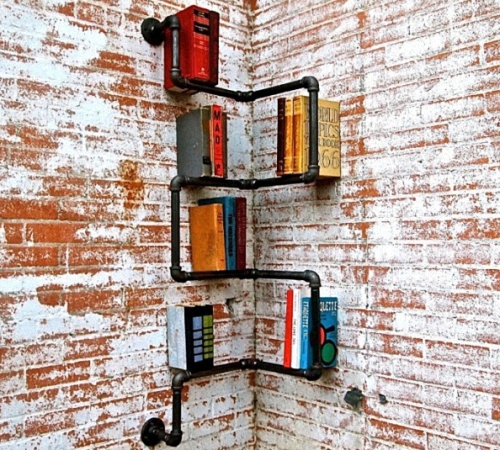
Wallpaper for fabric in the interior: Features of the design of fabric for the edging
Most often, a seamless method is used for wall decoration. To do this, the wallpaper roll is selected in the ratio with the height of the walls and is unwound around the entire perimeter of the room. In this case, there is no need to prepare or level the surface.
This process is particularly difficult and involves pulling the fabric by several people. In some cases, the walls are sheathed with fabric on the rails previously fixed on them. To fix the fabric next to the switch and outlet, a stapler is used. If the walls in the room are made of drywall, then it is enough to fix the wallpaper on them using a stapler.
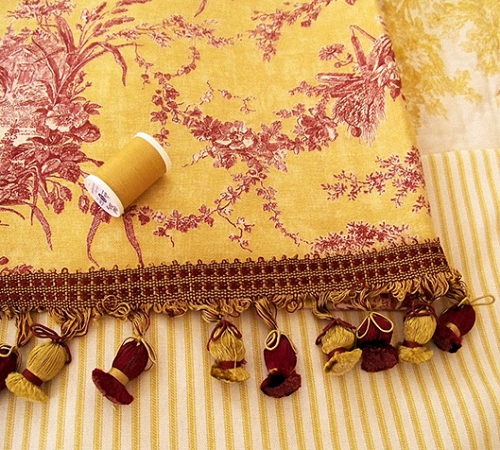
There are several ways to decorate the interior with textile wallpaper. Their first of them are performing drapery. In this case, textiles are used as ordinary curtains and installed on deaf walls and partitions. Thus, it is possible to significantly simplify the process of washing and cleaning textiles.
The tissue on the walls is installed using a special clayer in the form of starch. For these purposes, lungs in the texture of fabric in the form of tulle or mussin are suitable. For the aesthetic attractiveness of the wall, it is necessary to previously level it. Tissue cutting is carried out in compliance with the reserve. Moisten the wall well with a glider, set the fabric on the upper corner of the wall and smooth it using a sponge. If necessary, use nails for additional fabric fixation. After the gluester drying, the nails are removed, and the excess fabric is cut. In order to disguise the joints with the interference with a wall and the ceiling, weaned kant is used.
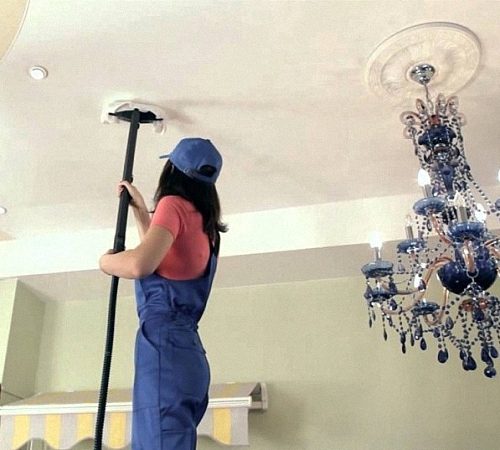
Another extraordinary technique in interior design is the finish using a fabric of a small section of the wall. Thus, it is possible to draw attention to a certain part of the interior, zone or contrast in color. This type of finish for the head of the bed in the bedroom is particularly spectacular. In this case, the textiles of pillows or bedspreads are recommended to be performed in the same color scheme. In the living room, using a certain fragment of fabric, it is possible to create a whole panel, paint it around the perimeter with a frame.
Places for the installation of which textile wallpaper are not suitable - kitchen, bath and corridor. These wallpaper options differ in instability to moisture, they also do not tolerate intense operational load. Therefore, it is recommended to install such wallpapers in the bedroom, living room, office. The installation of wallpaper in the nursery is suitable for older children, since washing such wallpapers is very difficult, and their cost is quite high, in order to cross them every two years. If you still decide to decorate the walls in children's textile wallpaper, then we recommend that you dwell on their felt version.
If your house has a home cinema, then install synthetic wallpapers based on paralon in it.
Repeating part of the fabric pattern of the video:
